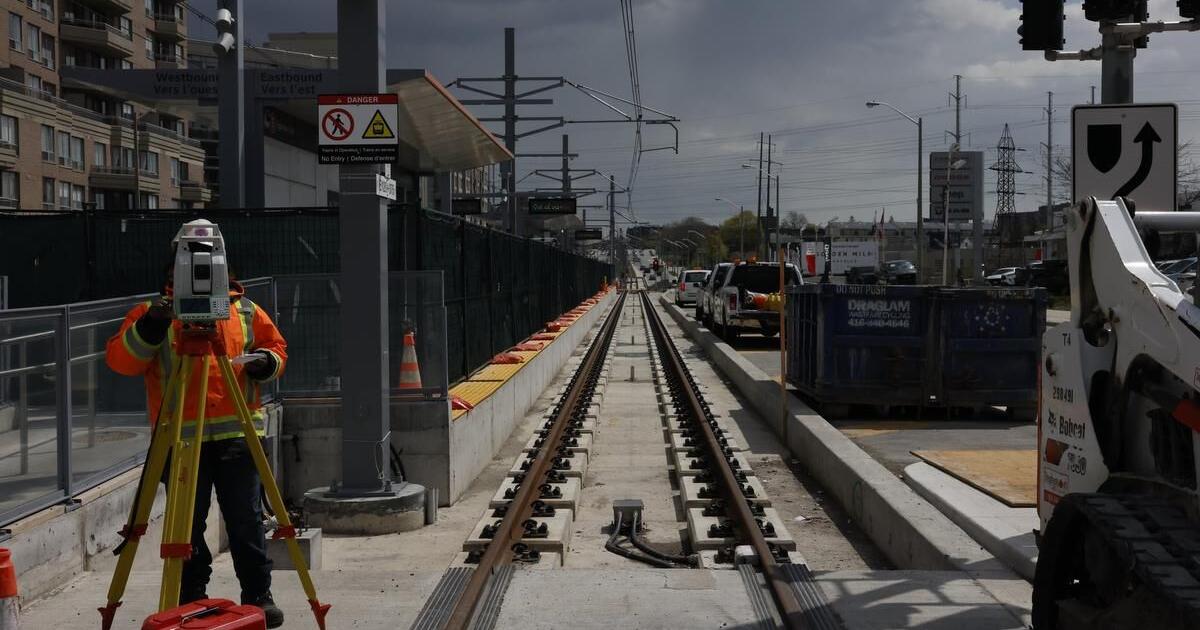I ride Viva Blue sometimes and given the similar ROW design I think I can add some thoughts.
Here is a typical intersection on a Viva BRT corridor. Sometimes the extra median between the two bus lanes is not present, but otherwise this is the standard design. A typical ECLRT intersection is more or less the same layout.
View attachment 499388
Despite not even riding Viva Blue that often, I have seen several close calls between buses and left turning vehicles where someone tries to turn left in front of the bus when the left turn signal is red, and the bus driver has to honk the horn and brake/swerve to avoid a collision. Many bus drivers actually slow down before intersections even for green lights even though I don't think they are required to (not all drivers seem to do this). I imagine this is due to a combination of the following:
1. Bus lanes being too narrow (especially with all the medians that the buses need to weave between).
2. Insufficient buffer between the bus lane and the left turn lane (typically <1m), which makes it feel unsafe to pass through at high speed (even if it isn't really that unsafe).
3. The bus driver is concerned that left turning drivers might try to turn left directly in front of the bus, and they are preparing to need to stop.
The first one of these is probably not an issue for LRTs but I can see the latter two being problematic.
With rail vehicles' worse braking performance and inability to swerve around cars (also do they even have regular horns?), I honestly agree that it is unsafe for LRT trains to pass through an this intersection at 40+km/h. And this is not because I think this is impossible to do safely, but because I think there are severe deficiencies with the way we design median transit lanes.
Two major issues:
1. As mentioned before, insufficient buffer between transit lanes and left turn lanes. Not only is it a bit uncomfortable for transit vehicles to have to pass left turning cars so closely, but if a left turning driver decided to turn on a red signal, there is almost zero time between when the car starts moving and when the car has intruded into the path of the bus/train, meaning there is almost no time for the bus/LRT driver to react.
And 2. Ridiculous and confusing clutter of traffic signals and signs at these intersections, with the transit signal, through signal, and left turn signals all appearing the same. All of these signals look the same when they are yellow or red and it is not immediately clear which signal applies to you as a left turning driver. Part of this also has to do with driver education, but it's frankly not surprising that there are so many people who try to turn left on red left turn signals given the confusing clutter. We urgently need to change the Highway Traffic Act to allow *red and yellow arrows* for turn signals and vertical/horizontal bars for transit signals. Near side signals would also help a lot by placing each signal directly over the lane to which it applies, making it completely obvious as to which signal applies to you.





